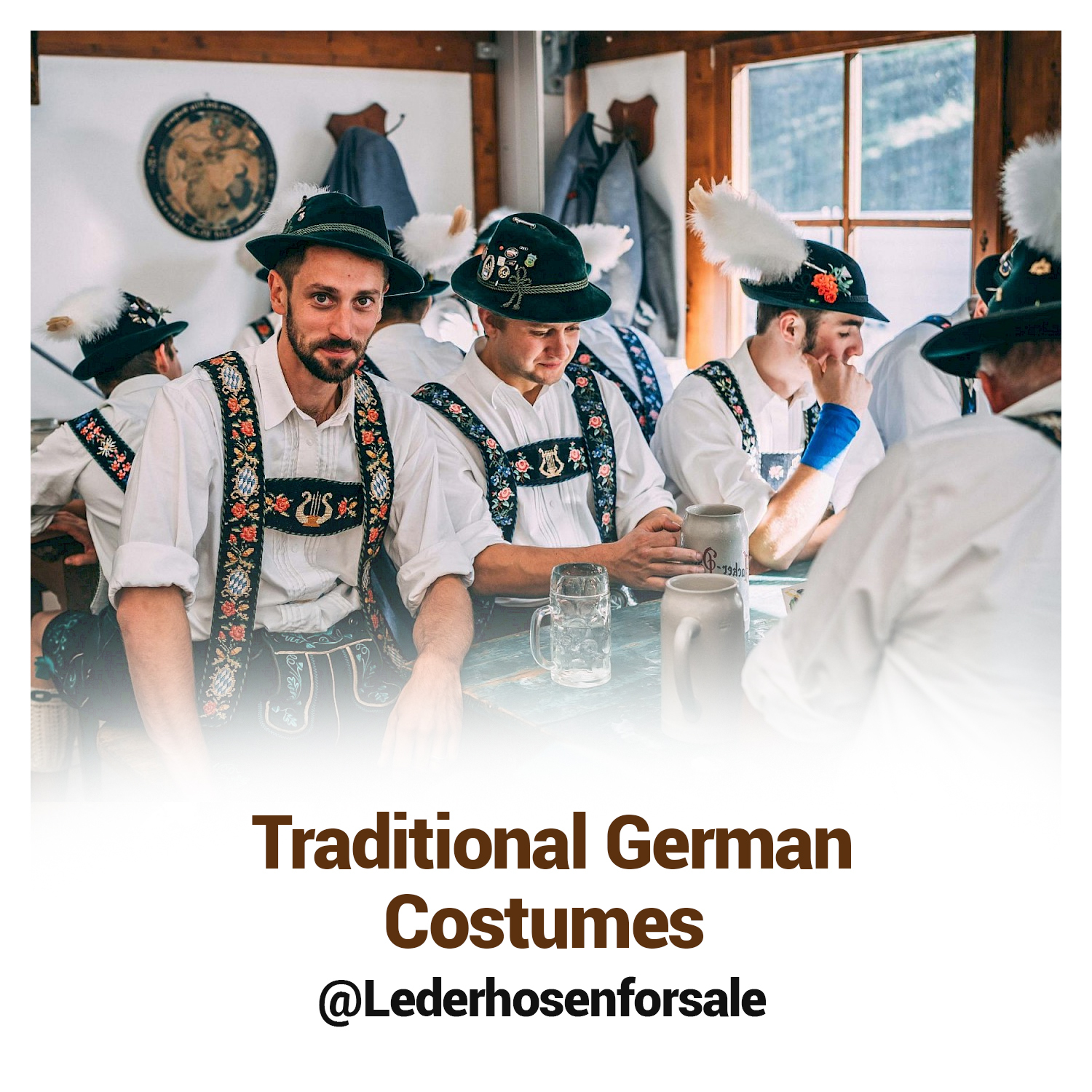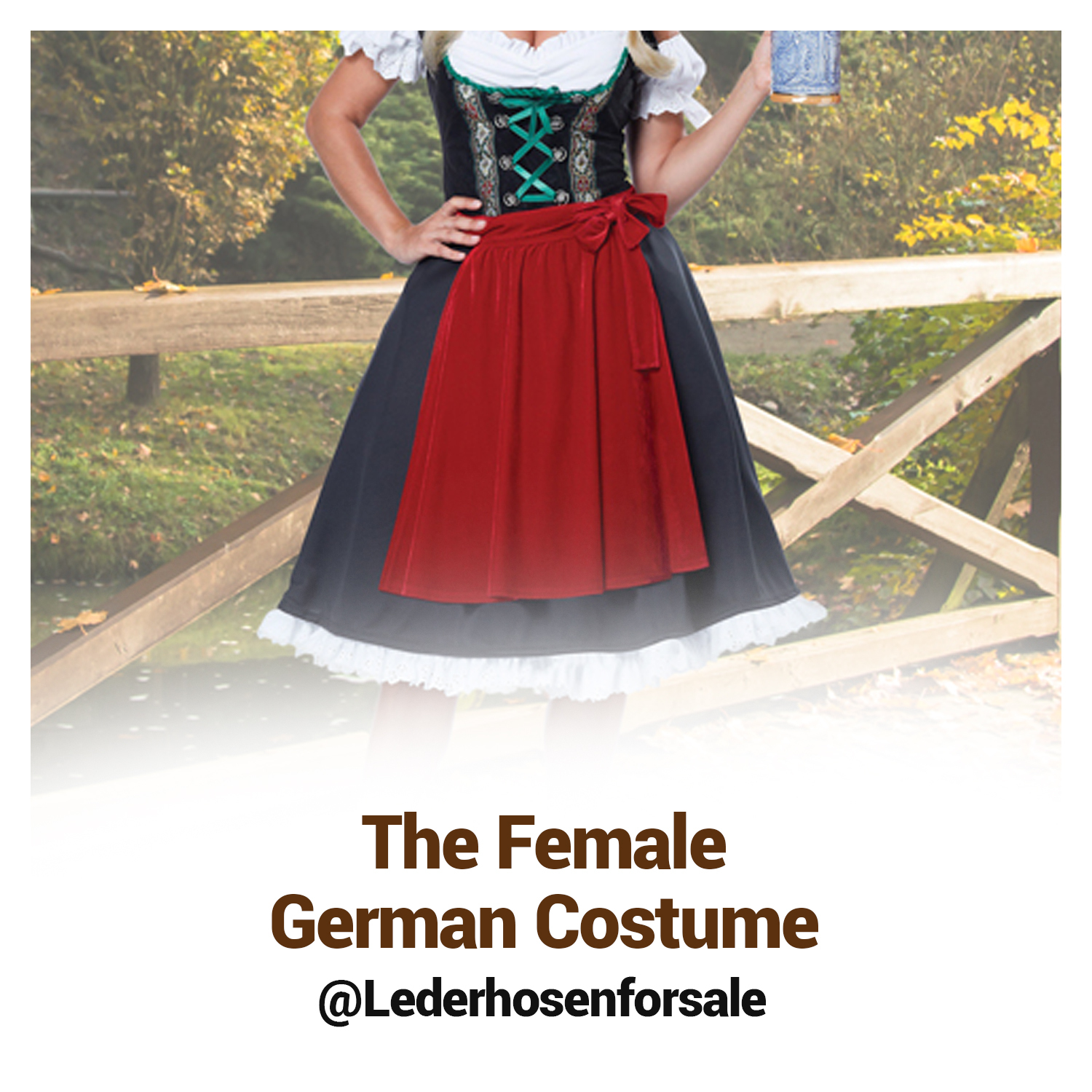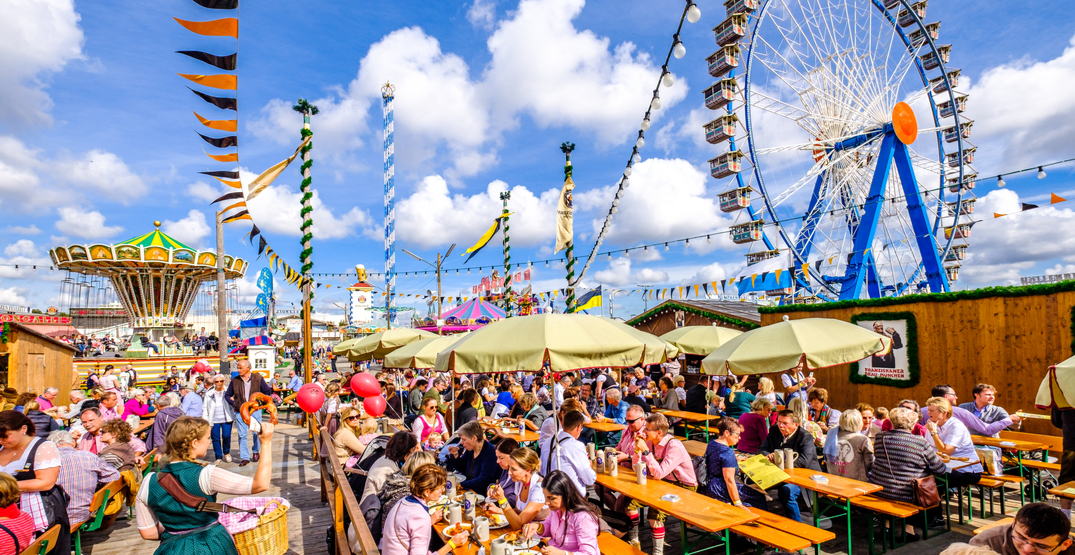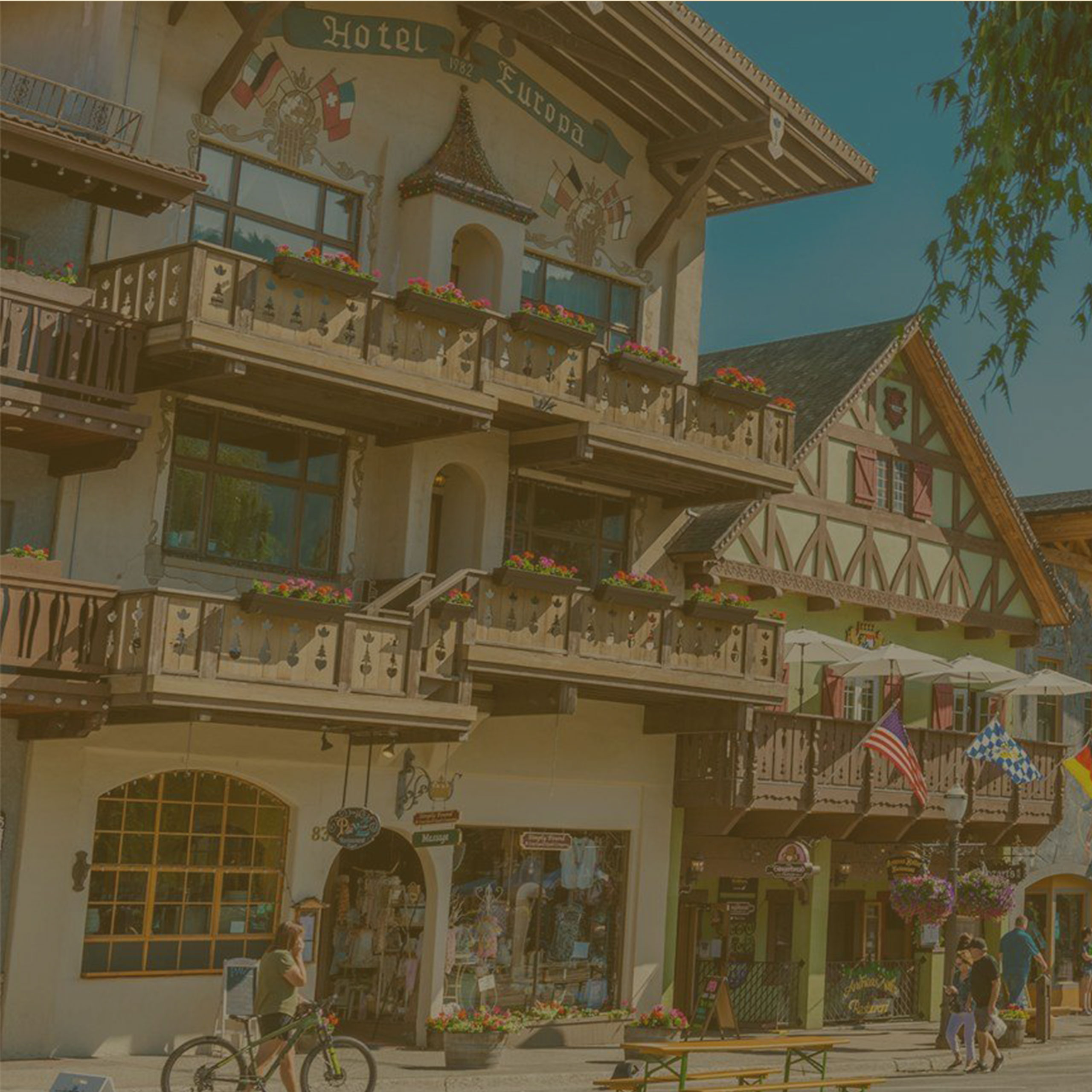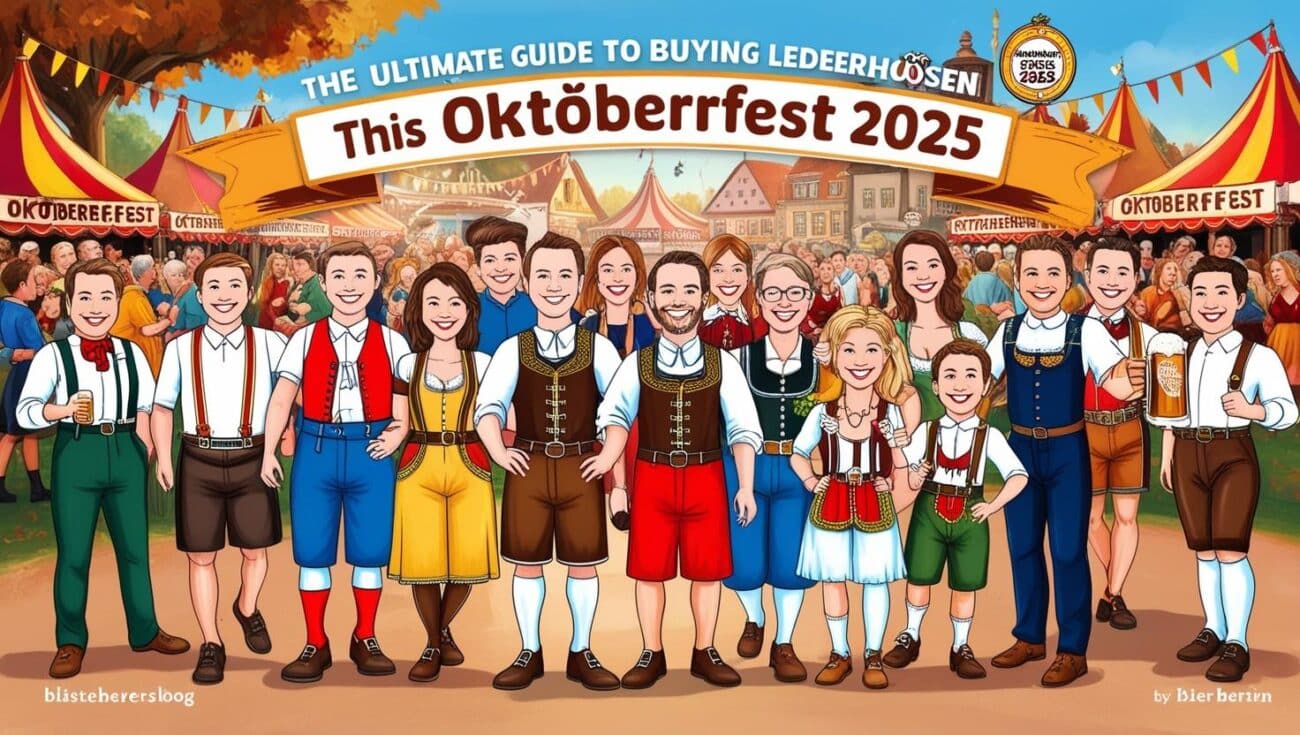Traditional German Costumes: Introduction
Every country, nation, or community identifies by its characteristic clothing and traditional attire. For example, India is known for its sarees for women, while Japan is famous for its traditional Kimonos and then we have the German dirndl.
These outfits are meant to, and still do represent the culture of these respective countries. Similarly, Traditional German Costumes also have a rich history.
Table of Contents
History
In earlier times, these clothes were used to help travelers identify which community or region of the world they were in. The characteristics of clothes and embroidery on the dresses would identify with a cast or clan of people. Today, these dresses serve to represent the history and heritage of their communities. Regional varieties of the clothes vary greatly.
If you have attended one of Germany’s very famous festivals known as Oktoberfest, then you would be familiar with Traditional German Costumes including German dirndl and lederhosen.
German Dirndl
The dirndl is a dress for women comprising of a white blouse and ruffled apron dress.
Origin
During the 19th Century, it was worn by Austrian servant girls as uniforms. As the industrial revolution spread, so did the need for more convenient dressing for working-class women. The dress spread to Bavaria, but more for celebratory reasons rather than the latter.
Details
Dirndls were usually worn in a certain range of colors which included brown, grey, and blues. The embroidery on the dress was specific to the type of clan women belonged to.
The dress also consisted of an apron that had a knot. The positioning of the knot was specific to the marital or social status of women.
Popularity
Meanwhile, the upper European class women would wear dirndls made out of silk and other fine materials. They were them to church, funerals, and other community activities. And somehow, the endorsement by the upper-class women helped make dirndl as part of European history.
Lederhosen
German Lederhosen, also literally translated to ‘leather breeches’ were worn by as you can guess, working-class men. These Traditional German Costumes originated from the Alps, where harsh climatic and working conditions required farmers to come up with an attire that would meet these requirements.
Purpose
Their breeches were made of fine leather, which was able to withstand extremely high and low temperatures and would be easily washable in case of dirt and stains.
Bundhosen
Another one of Traditional German Costumes version of these breeches is bundhosen. The difference between lederhosen and bundhosen is the length of the breeches. Lederhosen was as long as regular pants while bundhosen stopped right below the knees.
They were more convenient to men who required more physical day-to-day movement as it was easier to bend in them.
Details
The embroidery on these breeches also determined the type of clan or community a man belonged from. They were usually worn with a white cotton shirt, leather jacket, and pants to match. They also came in a variety of colors for locals to wear.

